-
 EducationGrant Funded Science! Just a hop and a skip away from our home office in Ann Arbor Michigan, Biology teachers at Okemos High School requested and received grant funding to introduce several Human-Human-Interfaces into their classrooms. The results left their students stunned… “‘This feels so weird!’ was a common exclamation. Most students laughed during the experience. A few […]
EducationGrant Funded Science! Just a hop and a skip away from our home office in Ann Arbor Michigan, Biology teachers at Okemos High School requested and received grant funding to introduce several Human-Human-Interfaces into their classrooms. The results left their students stunned… “‘This feels so weird!’ was a common exclamation. Most students laughed during the experience. A few […] -
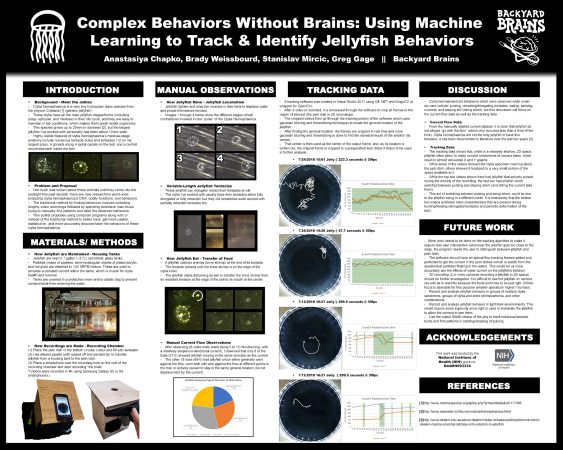 EducationHello all! The summer fellowship is officially over, but it’s not quite the end of the line for the jellies and me! In this final(?) update to my blog series I’ll be recalling the findings I’ve made over this summer, showcasing the poster I presented at the UROP Symposium, sharing my road trip back home […]
EducationHello all! The summer fellowship is officially over, but it’s not quite the end of the line for the jellies and me! In this final(?) update to my blog series I’ll be recalling the findings I’ve made over this summer, showcasing the poster I presented at the UROP Symposium, sharing my road trip back home […] -
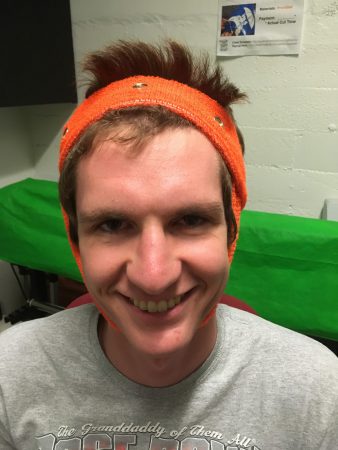 FellowshipI didn’t write a lot of blog posts this summer because I didn’t have my own research project, but the other research projects kept me plenty busy. I converted over an old BYB library written in a pricy programming language called Matlab into a free open source language called Python. I also cleaned it up […]
FellowshipI didn’t write a lot of blog posts this summer because I didn’t have my own research project, but the other research projects kept me plenty busy. I converted over an old BYB library written in a pricy programming language called Matlab into a free open source language called Python. I also cleaned it up […] -
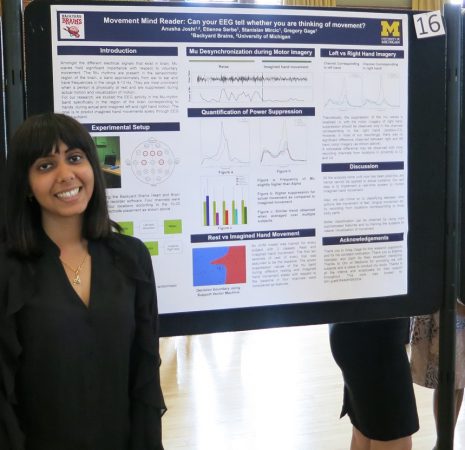 FellowshipI write this on the last day of the fellowship. With a really heavy heart. Eleven weeks went past really fast. Although I shall be back again in Ann Arbor for school in September, it won’t be the same. This was one of the best summers I’ve ever had. I will surely miss everyone at […]
FellowshipI write this on the last day of the fellowship. With a really heavy heart. Eleven weeks went past really fast. Although I shall be back again in Ann Arbor for school in September, it won’t be the same. This was one of the best summers I’ve ever had. I will surely miss everyone at […] -
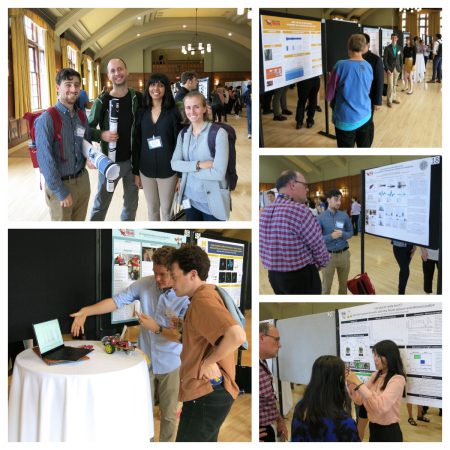 EducationThe Backyard Brains 2018 Summer Research Fellowship is coming to a close, but not before we get some real-world scientific experience in! Our research fellows are nearing the end of their residency at the Backyard Brains lab, and they are about to begin their tenure as neuroscience advocates and Backyard Brains ambassadors. The fellows dropped in […]
EducationThe Backyard Brains 2018 Summer Research Fellowship is coming to a close, but not before we get some real-world scientific experience in! Our research fellows are nearing the end of their residency at the Backyard Brains lab, and they are about to begin their tenure as neuroscience advocates and Backyard Brains ambassadors. The fellows dropped in […] -
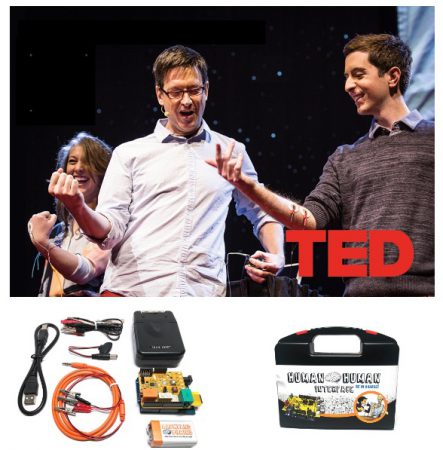 EducationThe Open Hardware Symposium and our Exhibit Generated Excitement, Smiles, and Inspiration Every year, Backyard Brains reaches farther and farther with our quest to spread DIY neuroscience, and this year, we hopped the pond to the largest neuroscience conference in Europe! Our experiments were a hit at the Forum of European Neuroscience (FENS) held in Berlin, […]
EducationThe Open Hardware Symposium and our Exhibit Generated Excitement, Smiles, and Inspiration Every year, Backyard Brains reaches farther and farther with our quest to spread DIY neuroscience, and this year, we hopped the pond to the largest neuroscience conference in Europe! Our experiments were a hit at the Forum of European Neuroscience (FENS) held in Berlin, […] -
 FellowshipTo foraging and bee-yond: where the bee project is headed next I can hardly believe it’s time for my last blog post, I still have so many bee puns I haven’t taken advantage of yet! Since my last post, I’ve found that working with bees can be far more dependent on environmental conditions, like amounts […]
FellowshipTo foraging and bee-yond: where the bee project is headed next I can hardly believe it’s time for my last blog post, I still have so many bee puns I haven’t taken advantage of yet! Since my last post, I’ve found that working with bees can be far more dependent on environmental conditions, like amounts […] -
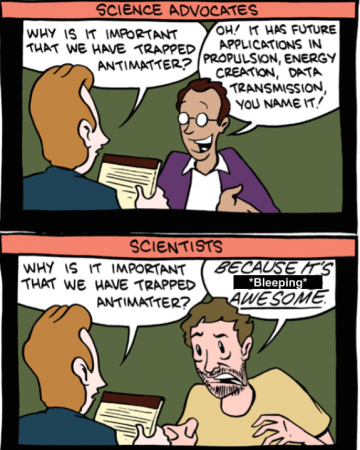 EducationAs I was doing this project, the specter waiting for me as we started wrapping up our projects was the prospect of having to answer the question, “So what?” What is the point of this research? I spent most of my time working on the “methods,” the techniques (surgeries, soldering, coding) that became the experimental […]
EducationAs I was doing this project, the specter waiting for me as we started wrapping up our projects was the prospect of having to answer the question, “So what?” What is the point of this research? I spent most of my time working on the “methods,” the techniques (surgeries, soldering, coding) that became the experimental […] -
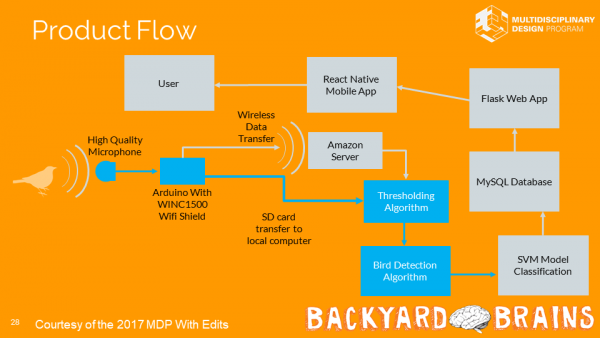 FellowshipHello friends, this is Yifan again. As the end of the summer draws near, my summer research is also coming to a conclusion. The work I did over the summer was very different from what I expected. Since this is a wrap up post for an ongoing project, let us first go through what exactly […]
FellowshipHello friends, this is Yifan again. As the end of the summer draws near, my summer research is also coming to a conclusion. The work I did over the summer was very different from what I expected. Since this is a wrap up post for an ongoing project, let us first go through what exactly […] -
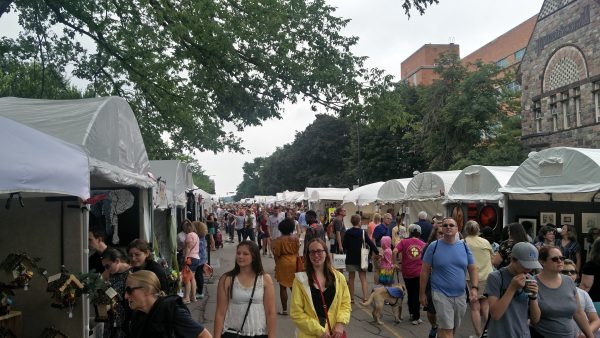 FellowshipThough it feels like just last week I landed here in Michigan, it seems that it’s almost the time for me to go back home. Though my work with the project here is wrapping up, there’s still so much to be done, but I’m confident that I’m leaving behind a good framework. These past few […]
FellowshipThough it feels like just last week I landed here in Michigan, it seems that it’s almost the time for me to go back home. Though my work with the project here is wrapping up, there’s still so much to be done, but I’m confident that I’m leaving behind a good framework. These past few […] -
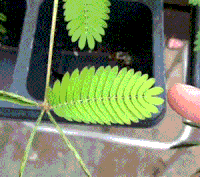 FellowshipStrange to be introducing a new project on my conclusion post, but it’s a cool one! While waiting for pea plant project parts to arrive, I revisited another project that Monica Gagliano had done with the Mimosa pudica: https://youtu.be/Xm5i53eiMkU?t=2m45s. For those of you too impatient to watch a video (like me!) the Mimosa pudica is […]
FellowshipStrange to be introducing a new project on my conclusion post, but it’s a cool one! While waiting for pea plant project parts to arrive, I revisited another project that Monica Gagliano had done with the Mimosa pudica: https://youtu.be/Xm5i53eiMkU?t=2m45s. For those of you too impatient to watch a video (like me!) the Mimosa pudica is […] -
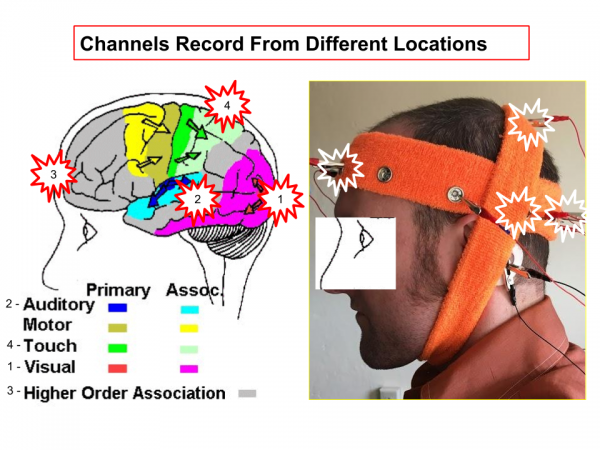 FellowshipAfter spending 24+ hours in a hot closet with strangers, I’ve learned a couple things. Walk with me (like lovers do) So far, I have recorded from a lot of people with a large range of experience levels in search for a biomarker for meditation- e.g. something more reliable than a person just “saying so” […]
FellowshipAfter spending 24+ hours in a hot closet with strangers, I’ve learned a couple things. Walk with me (like lovers do) So far, I have recorded from a lot of people with a large range of experience levels in search for a biomarker for meditation- e.g. something more reliable than a person just “saying so” […]